Top 10 Best DTH Operator In India In 2023
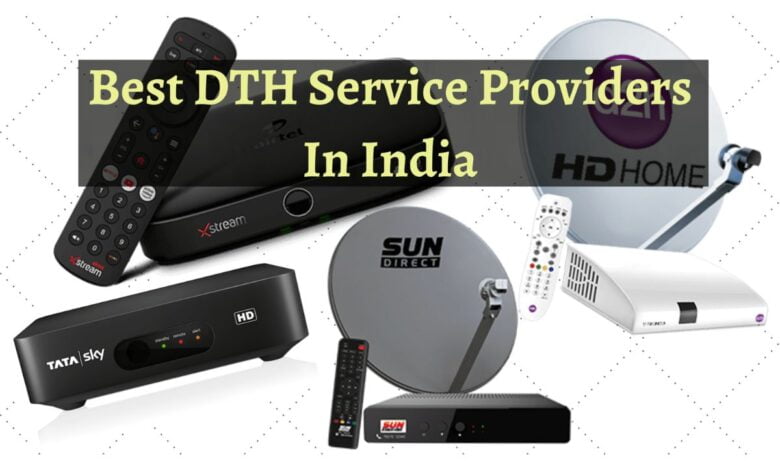
Top 10 Best DTH Operator In India In 2023
Over the past ten years, the importance of direct-to-home (DTH) technology has grown in the television broadcasting sector. Direct-to-home technology describes the satellite television communication method intended for in-home reception. Previously, this approach was directed as Direct Broadcast Satellite (DBS).
Introduction
Since the advent of television, the world of visual communication has changed forever. And since entertainment plays an important role, non-stop facilities were needed to run this business. It was at this time that the concept of satellite television was introduced, i.e, Best DTH in India. This presented a variety of options including live broadcasts, thousands of channels and requested services.
DTH, or “Direct to Home,” facilities are sometimes referred to as communications facilities for television. We are provided with our favourite channels via the best DTH service. A satellite dish and a decoder are all that is needed; based on your preferences, you can view a variety of channels. In India, demand has evolved immensely over the years since DTH services were introduced.
Receiving satellite television through direct-broadcast satellites is possible with DTH or direct-to-home services. Additionally, with over 67 million registered users, India has the largest DTH service sector in the world.
What is DTH technology?
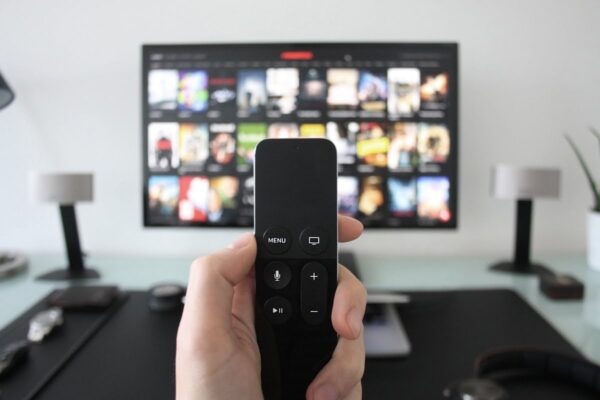
The Direct To House (DTH) system is a digital satellite service that brings television direct to you provided by a personal court home. With DTH connecting the station directly to the customer, no local cable companies are needed. Direct-to-home technology enhances picture quality and audio. It also delivers internet connection, video calling and email. Advanced features of this technology include HDTV (High Definition TV) and 3D TV. Also, you can record, rewind and pause live TV.
The Rise of DTH in India
DTH services were originally suggested in India in 1996. However, due to worries about national security and cultural invasion, they were not allowed. The government even issued a ban when Rupert Murdoch’s Indian Sky Broadcasting (ISkyB) planned to introduce DTH services in India in 1997.
DTH was finally allowed in the year 2000. Under the new rules, all operators must establish earth stations in India within 12 months of receiving a license. In India, DTH access cost $2.14 million and is valid for ten years. DTH service providers should have an Indian CEO, and foreign ownership will be limited to 49% of the company. The number of businesses that can apply for a DTH license is unrestricted.
How does DTH work?
A DTH network consists of several components, including a broadcast hub, satellites, encoders, multiplexers, modulators, and DTH receivers. The satellite must lease Ku-band transponders to a DTH network operator. The encoder converts audio, video and data signals into digital form while the multiplexer combines them. A small satellite dish and cable boxes are available for users to decode and watch a variety of channels.
For the user, receiver dishes can have a diameter of up to 18 inches. DTH is a satellite-based direct-to-client transmission that is encrypted. Direct DTH transmissions are taken in by the client using the tiny satellite dish. A set-top box, as objected to a traditional wired connection, decrypts the encrypted stream.
Elements of DTH Technology
There are 7 main elements that make a DTH network Sending and sending requires data receiving:
1) Broadcasting Center
The major core of the system is the Broadcasting Center. The television provider gathers signals from several content providers and then broadcasts them to geostationary satellites. Satellites pick up the transmitting station’s signals and send them back to the earth.
2) Transmission using encryption
The supplier must encrypt the video once it has been compressed in order to prevent it from being made freely available. Digital data is encrypted such that only a receiver with the right decryption satellite receiver, decryption algorithm, and security keys can decrypt it and turn it back into usable data.
The signal is directly sent to the satellites by the communication centre while being compressed and encrypted. The client can receive the signal after the satellite detects it, amplifies it, and delivers it back to earth.
3) A satellite dish.
A particular kind of antenna that is made to focus on a single broadcast source is a satellite dish. Typically, a feeder horn is centred on the dish’s dished (parabolic) surface. A controller transmits the signal through the speaker. The signal is focused by the dish into a beam that may be transmitted.
The information could not be transmitted by the receiving antenna; I could only receive it. Working against the transmitting end is the receiving end. Similar to how a concave mirror concentrates light at a particular spot, the curved dish’s form reflects the radio signal back to a specific location when lightning strikes it.
The curved dish directs incoming radio signals to the horn source. The crucial element in this scenario is the feed horn on the dish, which transfers the signal to the receiver. In the optimum setup for getting a clear signal, there should be no significant obstructions between the satellite and the dish.
4) Multiplexer
A device known as a multiplexer broadcasts information from diverse channels on a single channel. It belongs to the transmitter approach as a part. All frequency signals are combined into a single channel and sent to the geostationary satellite by the multiplexer in the broadcast centre. Send the modulator just one channel.
5) Modulator
An information signal is superimposed on a strong carrier signal during a process known as modulation. The signals are converted by the modulator into an encoded form, which is then transmitted to the encoder.
6) Encoder
Earlier to transmission, the signals are encoded by the encoder. The DTH antenna receives the signals from the satellite and transmits them to the set-top box.
7) The target
The satellite DTH system is now complete thanks to the receiver.
The receiver carries out four crucial tasks:
Decodes or decrypts the signal’s jumbled code. The proper decryption chip for this encryption package is necessary in order to decrypt the signal. In order to modify the chip’s decoding procedures, the provider can connect to it through a satellite signal.
Since the receiver only transmits one channel at a time, you cannot record one show while watching another. Additionally, two TVs that are both linked to the same receiver cannot be used to watch two different programs. You need to purchase an additional receiver to accomplish these activities, which are accomplished via regular standard cords.
To protect their network from hackers, service providers may use electronic countermeasures (ECMs) such as sending out signals designed to confuse illegal decoders. Creates an analogue signal that a regular TV can comprehend from the MPEG-2 operator provides.
Advantages of DTH Technology
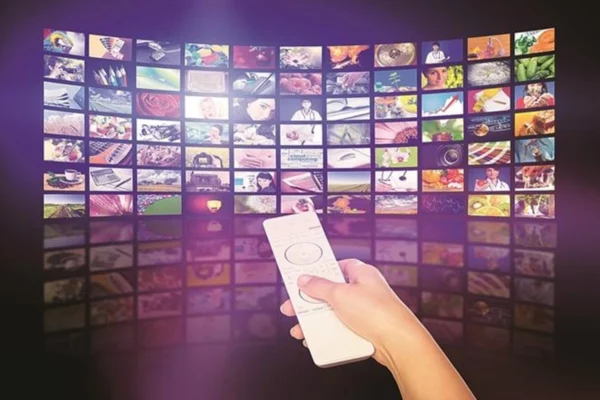
The biggest advantage is that this technology benefits everyone equally. Because the process is wireless, this structure can be deployed anywhere, be it isolated or urban. Furthermore, some of the highlighted advantages of DTH technology are mentioned below.
- There are no middlemen, but high video and audio quality at a low cost.
- Approximately 4,000 channels could be viewed, as well as 2,000 radio channels. This gives you access to all the information in the world, especially news and entertainment, from the comfort of your own home.
- There are no intermediaries, a complaint can be made directly to the provider.
- With a single DTH service, you can enjoy digital quality audio and video and high-speed Internet.
Will DTH eventually prevail?
The cable network in India is well-established and expanding quickly. When Star first attempted to enter India in 1996–1997, DTH may have had a significant influence. One such region is Europe. There, DTH predates cable and presently has more than 80% of the satellite TV subscriber market. Due to the fact that it existed before DTH, cable remains the top service in the US.
DTH will undoubtedly result in fewer cable subscribers. The neighbourhood cable firm will lose value and customers as a result. More options will be provided to clients. But this is probably a high-end luxury product, leaving the majority of mid-range households clinging to the cable.
- Airtel Digital TV
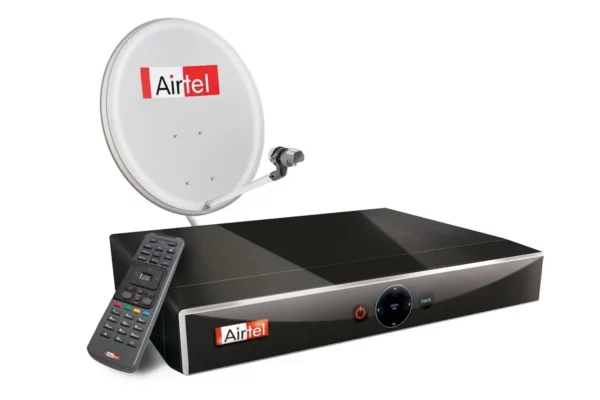
The following DTH channel on the list is Airtel Digital TV, which is owned by Bharti Airtel. Bharti Airtel, one of the biggest mobile providers in India, made the decision to enter the DTH industry in 2008 in an effort to establish itself as the top DTH in the country.
Digital Airtel Excellent coverage of all new technology is provided on television. As with many other similar set-top boxes, Airtel Digital TV provides storage services. The market responded favourably to the business, and the number of members increased significantly to over 10 million.
In India, Airtel launched its DTH service in 2008. Customers can use this service to tailor Airtel DTH channels like Airtel DTH 199, Airtel DTH 219, and Airtel DTH 285 to their preferences, and the price will change accordingly. The decoder offers Dolby Surround Sound audio, high-definition video, and the ability to record videos.
- Reliance Jio DTH
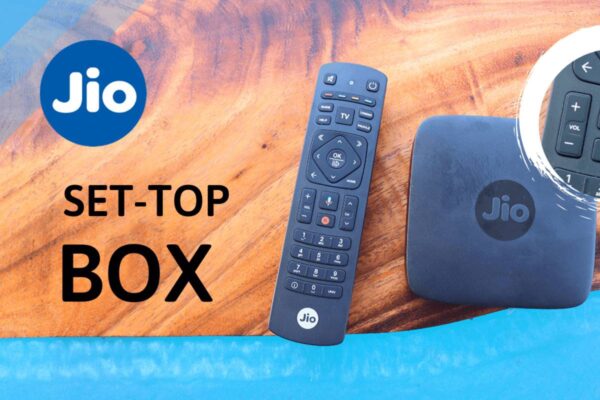
A new player in the DTH industry, Reliance JIO, offers dish TV network channels. Reliance Group is currently creating JIO DTH services using JIO Fiber Broadband. So yet, in the nearby cities, the subway has just been equipped with wires and cables.
The JIO DTH welcome offer was included in the package in the major cities. Later, JIO DTH will also become accessible in the communities. In India, JIO DTH costs between 180 and 200 rupees. DishTV, TATA, Airtel, and other rival companies are lowering their basic plans. JIO DTH is one of the top DTH providers in India and strives to provide all other DTH services at the lowest possible price.
- TATA PLAY (formerly TATA Sky)
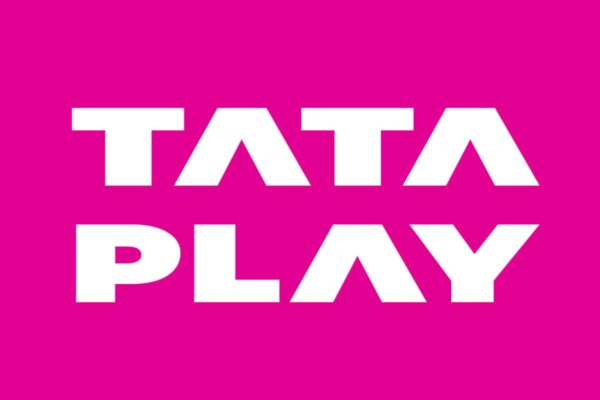
Another influential DTH provider is Tata Sky. Century 21st Fox and the Walt Disney Company are owned by the Tata corporations. Dish TV has been around for a while, but despite that, it has been successful in luring customers with a choice of flexible packages and bundles. The marketing campaign for Tata Sky was one of the most well-liked and appealing. This provides a tremendous preference for channels in several languages, like Dish TV.
Additionally, local channels are available. Currently, there are about 600 channels available on Tata Sky, 99 of which are HD channels. Being the first firm to deliver video-on-demand services to its consumers so they can view movies and exhibits whenever they want, it is one of the top DTH providers in India providing 4K set-top boxes.
- Dish TV
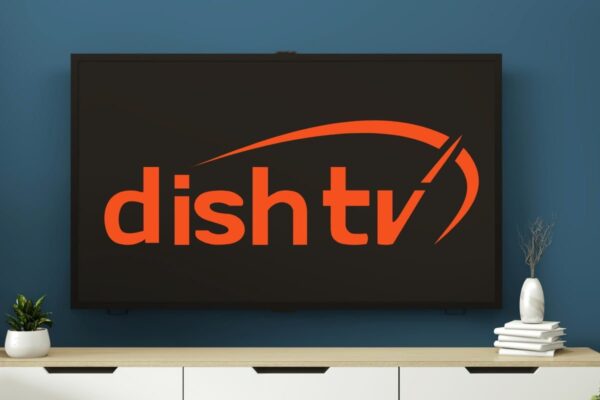
One of the top DTH providers in India is Dish TV. A portion of Zee is devoted to Zee Entertainment Companies. It took place at a time when cable companies ruled the service provider industry. He made the decision to start off slowly rather than seeking out larger market shares. The group concentrated on circumstances in which cables became an issue or where a connection was not possible. The result was an increase in subscribers. At first, an increasing number of channels were offered.
More than 300 channels are now available. You can tailor your viewing experience with a variety of kits and combinations. You can use parental settings to keep your children away from objectionable material. The decoder has a large number of registers. The firm and its divisions today have a whopping 17. 7 million subscribers.
- DD Direct Plus
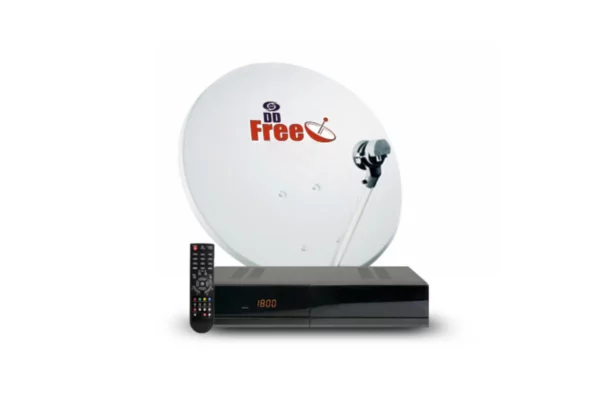
DD Online Dish or DD Direct Plus offers online satellite television service. The services, which were introduced in 2004, are free when compared to several of India’s major DTH providers.
It is open despite having a small channel spectrum and only “DD” services on the designated channels. This does not restrict what can still be seen, including sports, movies, television shows, and movies. They offer a number of personal channels, including Zing, 9XM, B4U Videos, and BU Music. If you appreciate Indian arts and culture as well as classical music, local networks are also brimming with this content.
- Videocon D2H
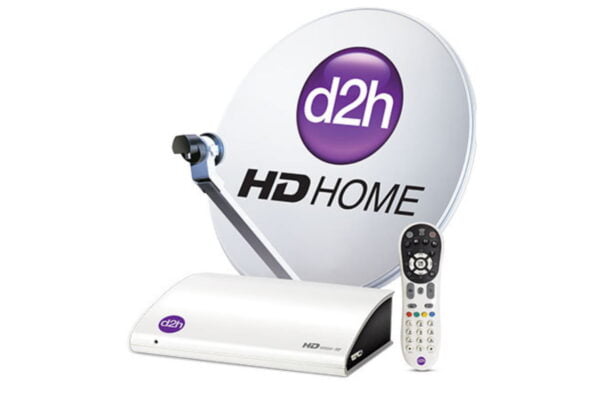
VideoconD2H is another top DTH service provider. 2009 saw the initial application of this. It gradually increased its market share thanks to its affordable products and bundles. With its parent company, Dish TV, and as a division of that firm, D2H currently holds the largest market share. In 2016, Videocon D2H and Dish TV combined forces. Only D2H subscribers make up about 19% of all DTH infrastructure subscribers.
Additionally, it is widely used in the Indian market and strives to offer the greatest DTH services. The business is renowned for its wide range of content and consistent sound quality. The option is safe because of the range of packages and combinations offered by this service provider.
- Sun Direct
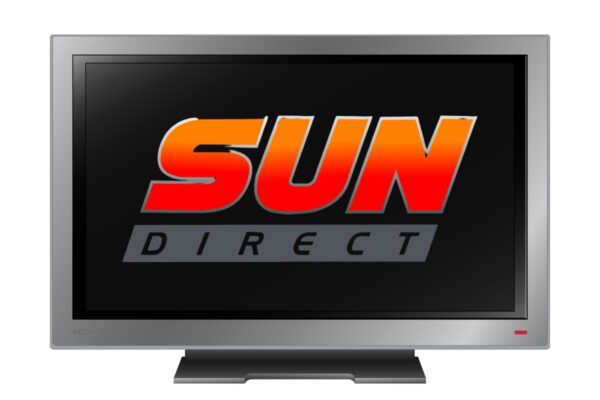
Sun Direct is an additional DTH service provider in India. prosperous on local television. Since their operations began in 2007, they have amassed enough subscribers to keep playing in the league. They also provide high-quality broadcasts of both normal and HD networks. The network has a number of local networks and is run by the reputable Sun Network.
They initially established themselves as the finest DTH service provider by offering free box distribution and an absurdly cheap basic monthly plan. With more than 6 million users now, they have gained customers. A branch of Chennai-based service provider Sun Network, Sun Direct was established in 2007 and offers two alternative Top-Box configurations: Sun Direct SD+ and Sun Direct HD+. Kannada, Tamil, Telugu, Gujarati, Punjabi, and other languages on the Sun Direct Channel list are only a few of the many languages available on the former, which serves South Indian and regional language channels.
-
Zing Digital
Another top DTH provider in India is Zing Digital. It is a component of the Dish TV subsidiary, which was established in January 2015 to offer inexpensive access to regional TV channels. Currently, West Bengal, Odisha, and Kerela are the states where Zing Digital is active.
Other DTH providers in India, like Tata Sky and Airtel Digital, have fiercely competed against Dish TV by offering premium services at face value, including free-to-air channels like the Rs99 channel pack. These improvements to its marketing strategy prompted Dish TV to launch a Rs 99 channel pack. Operating locations for the company include West Bengal, Odisha, and Kerala.
You may personalize your favourite channels and access the entertainment area made just for you by pressing the voice button. They make sure you never run out of options with us and provide the most opportunities for local entertainment possible! The Zing Digital set-top box costs 1499 rupees.
-
Independent Dish TV
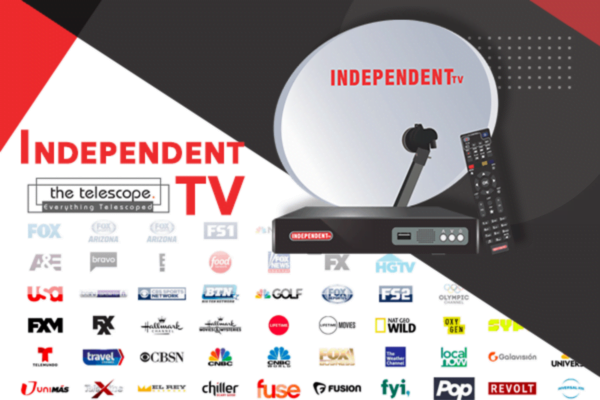
Reliance Big TV’s successor, Independent Dish TV, delivered DTH service in India. It was established in 2008 and up until 2018 was viewed as a subsidiary of Reliance Communications. It was formerly called Reliance Big TV and in just three months, it had a million subscribers. The lack of market rivalry from other service providers was the main cause of this.
After a name change, this service was formerly regarded as Reliance Digital TV. In March 2018, Dish TV DTH pre-booking was made available independently. Customers made preorders and paid for them, yet service connections were not set up. both Veecon Media and Pantel Technologies After the DTH service launched, the consortium changed the company’s name to Independent TV.
-
DEN Network
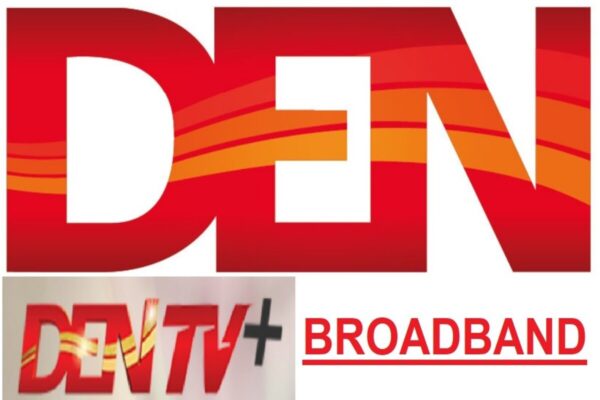
DEN Cable TVNetwork is the biggest provider of cable television entertainment in India. DEN Network offers DEN Cable TV, DEN Internet, DEN Decoder, and DEN TV+ to more than 25.5 million customers in 433 cities throughout 13 states (mobile online television). DEN became the first listed cable television company in its third year of business.
Delhi, Uttar Pradesh, Karnataka, Maharashtra, Gujarat, Rajasthan, Haryana, Kerala, West Bengal, Jharkhand, Bihar, Madhya Pradesh, and Uttarakhand are the 13 states that can subscribe to DEN cable television. To order DEN Cable TV Connection, call the number provided on the company’s website, www.dennetworks.com, or contact your local cable company.
The user gets the option of choosing their preferred television station. The first 100 free minutes are subject to a fee of Rs 130 + GST(FTA) under the revised TRAI regulations. The client must then pay Rs 20 in network fees to access all 25 channels after that (paid and free).
CONCLUSION
Here is a comprehensive guide to help you select the finest DTH in India from all of these choices. I hope you understood; now you must choose the type that best fits your shape. The top 10 DTH providers in India are listed below. As new competitors enter the market and more seasoned competitors step up their game, this rating may occasionally change. The top ten DTH service providers in India have been addressed, but we still want to hear which one you favour.
edited and proofread by nikita sharma




